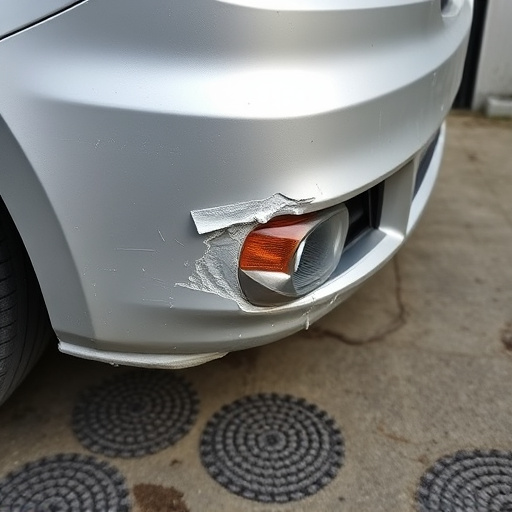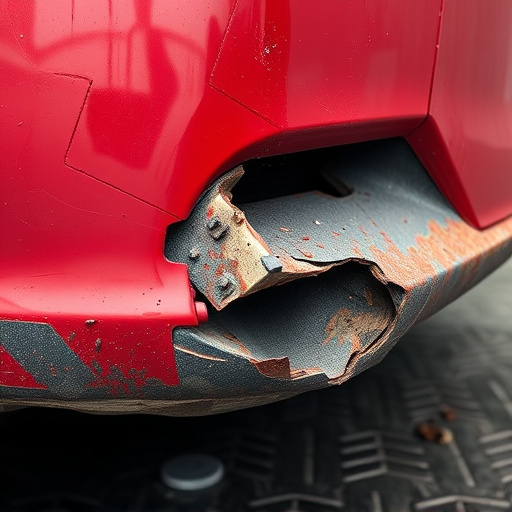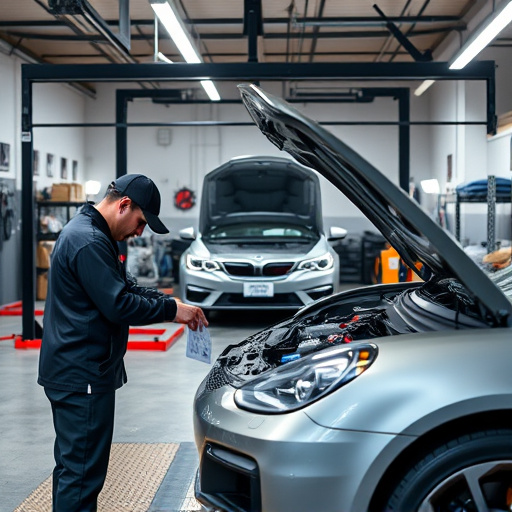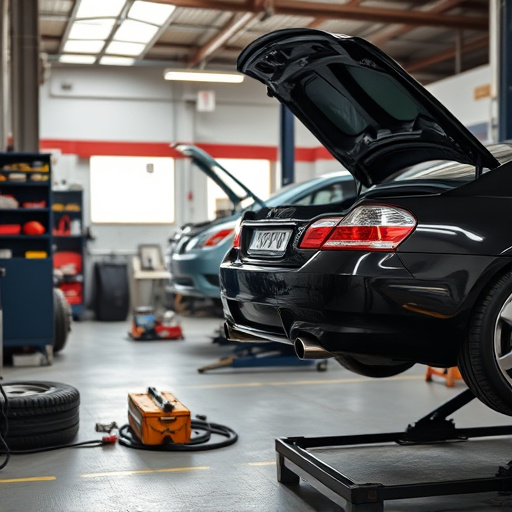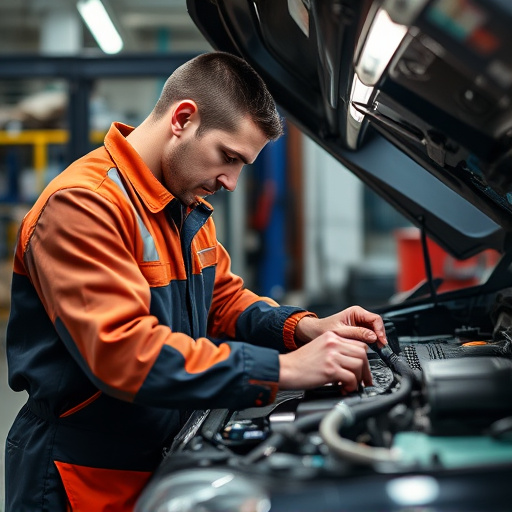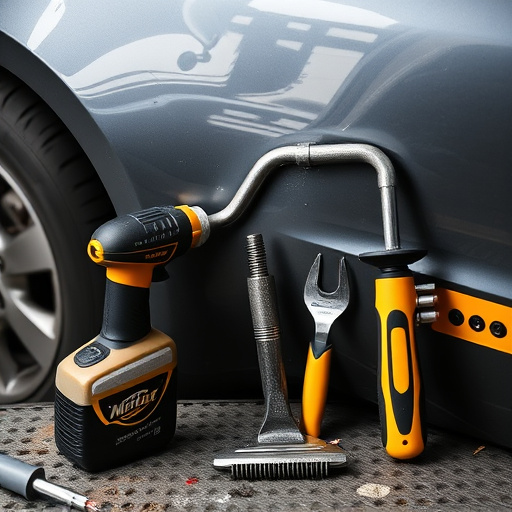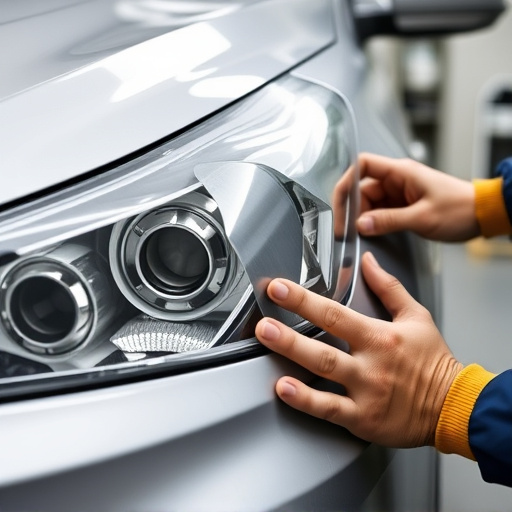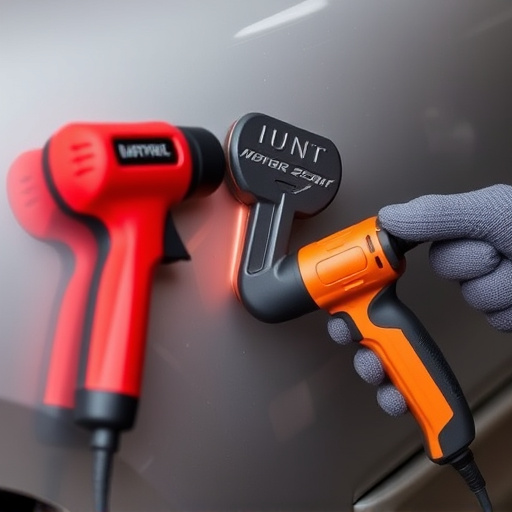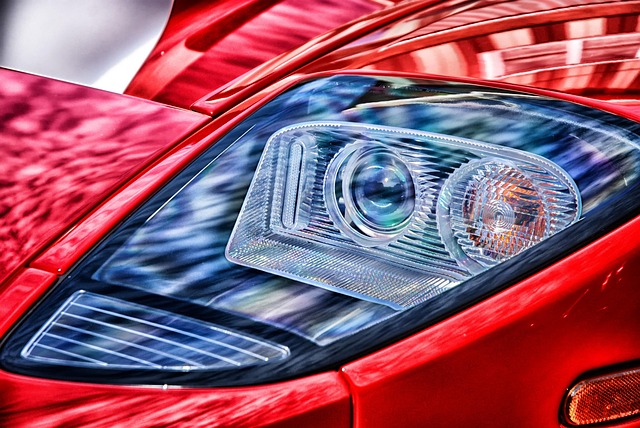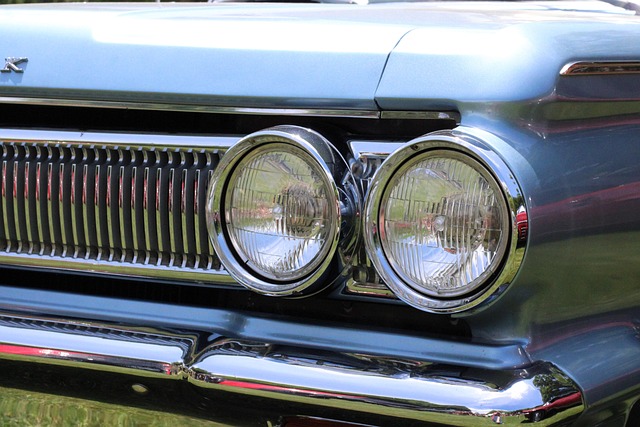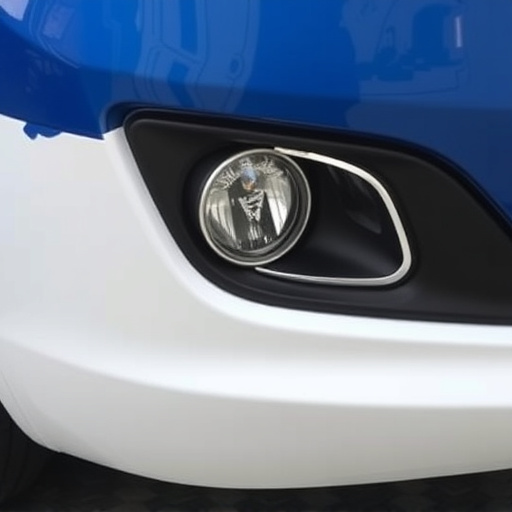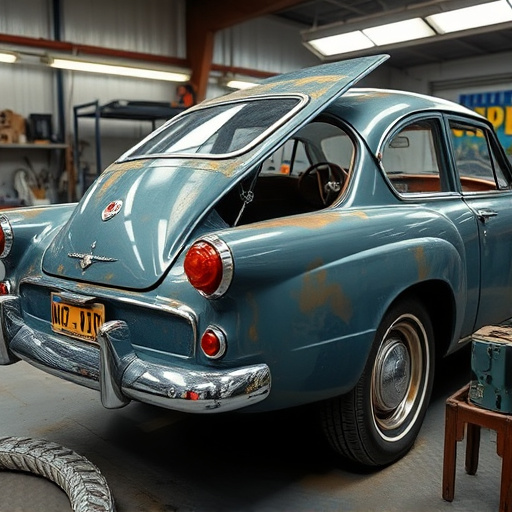Auto body collision repair shops face growing pressure to adopt sustainable practices due to their significant environmental impact from chemical releases and waste. By transitioning to eco-friendly materials, energy-efficient technologies, and efficient waste management, these businesses can minimize pollution, protect landscapes, enhance reputations, and appeal to environmentally conscious customers. Regulatory compliance and consumer preferences drive this shift towards greener collision repair methods, ensuring a balance between high-quality repairs and environmental responsibility.
In today’s eco-conscious world, understanding the environmental impact of auto body collision repair is more crucial than ever. This article delves into the significant role these shops play in preserving our planet, exploring the effects of traditional practices and highlighting promising green alternatives. We discuss effective strategies for implementing sustainable operations, from efficient waste management to innovative material choices. Additionally, we look towards the future, uncovering emerging eco-friendly trends set to revolutionize the auto body collision repair industry.
- Understanding Environmental Impact of Auto Body Repair
- Implementing Green Practices in Collision Centers
- Future Trends: Eco-Friendly Auto Body Collision Repair
Understanding Environmental Impact of Auto Body Repair

The environmental impact of auto body collision repair is often overlooked, yet it’s a crucial aspect of the industry that demands attention. Traditional car repair practices can result in significant ecological consequences due to the release of harmful chemicals and waste generation. Auto body collision repair shops are responsible for managing and disposing of various materials, including volatile organic compounds (VOCs) found in car paint services and other finishes, as well as potentially toxic debris from crash damage.
By understanding these impacts, collision repair shops can implement sustainable practices to minimize their environmental footprint. Adopting eco-friendly car repair services, such as using water-based paints and promoting recycling of materials, goes a long way in preserving the local landscape and contributing to a greener future. These efforts not only benefit the environment but also enhance the reputation of auto body collision repair businesses, appealing to environmentally conscious customers who are increasingly seeking responsible car repair solutions.
Implementing Green Practices in Collision Centers

In today’s environmentally conscious world, auto body collision repair shops are increasingly adopting green practices to reduce their ecological footprint. By implementing sustainable measures, these centers can significantly minimize waste and pollution associated with traditional car body repair methods. For instance, using eco-friendly materials for auto painting and adopting energy-efficient technologies in frame straightening processes can cut down on the consumption of non-renewable resources and harmful chemicals.
Shops can also reduce waste by recycling materials where possible and employing efficient waste management strategies. These efforts not only benefit the environment but also contribute to a healthier working condition for employees, attracting and retaining customers who prioritize sustainability. As the demand for eco-conscious auto body collision repair services grows, embracing green practices becomes a strategic advantage in the competitive market of car body repair.
Future Trends: Eco-Friendly Auto Body Collision Repair

The future of auto body collision repair is poised for a significant shift towards eco-friendly practices, driven by both regulatory pressures and consumer demand for sustainable products and services. As environmental consciousness grows, auto body shops are increasingly adopting green initiatives to minimize their ecological footprint. This involves the implementation of innovative technologies for efficient energy use, such as LED lighting systems that reduce power consumption compared to traditional incandescent bulbs. Additionally, shops are exploring water-based painting and coating technologies, which not only eliminate harmful volatile organic compounds (VOCs) but also offer better coverage and reduced waste.
Beyond these measures, the industry is witnessing a surge in demand for car restoration services that focus on repurposing and recycling materials, including dent removal techniques that utilize advanced tools and methods to fix dents without generating hazardous waste. Hail damage repair, another area of interest, is increasingly incorporating sustainable practices by utilizing recycled materials for repairs and promoting the use of environmentally friendly finishes to protect vehicles from future damage. These trends collectively signal a promising direction for auto body collision repair shops, balancing high-quality service with a commitment to environmental stewardship.
Auto body collision repair shops play a crucial role in minimizing environmental impact. By adopting green practices, these centers can significantly reduce waste, energy consumption, and emissions. Implementing eco-friendly methods not only benefits the planet but also fosters a sustainable future for the industry. As we look ahead, the integration of innovative technologies and materials will further revolutionize auto body collision repair, making it more efficient and environmentally conscious.
